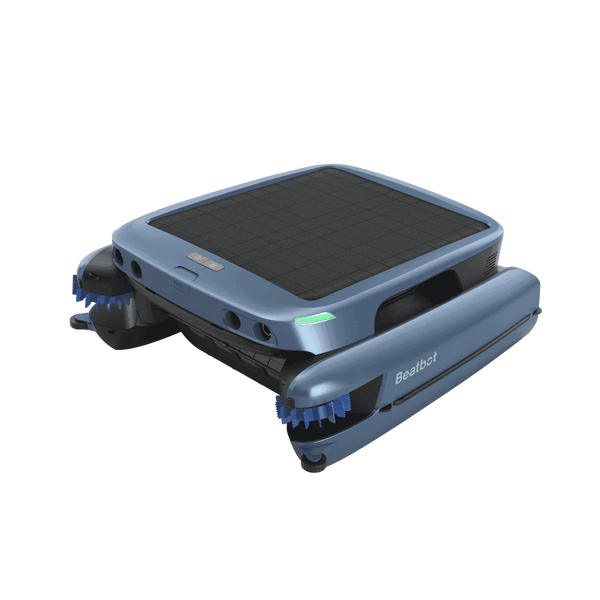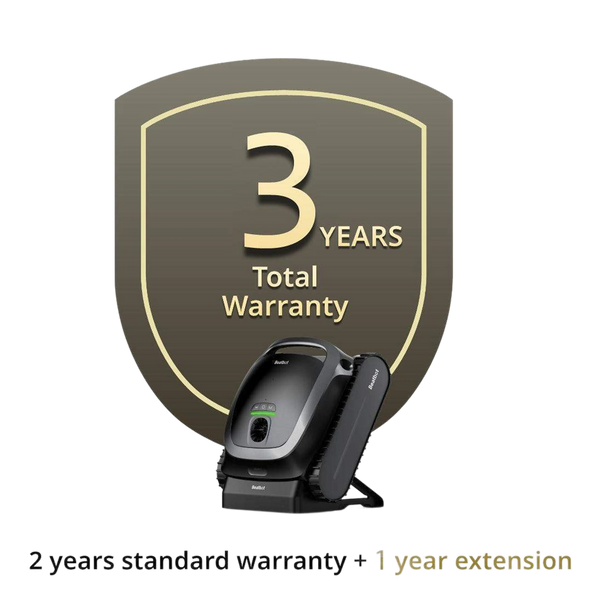How to Choose Pool Vacuum Heads for Inground Pools?
Maintaining a clean inground pool is essential for both aesthetic and health reasons. The right pool vacuum head can make the task easier and more efficient. Here’s a guide to help you choose the best pool vacuum head for your inground pool.
Table of content

Understanding the Importance of Pool Vacuum Heads
Pool vacuum heads are critical components of your pool's cleaning system. They attach to the pool's vacuum hose and are responsible for agitating debris and directing it towards the pool's filtration system. The choice of vacuum head can significantly impact the effectiveness of your pool cleaning routine.
Inground Pools and Choosing the Right Vacuum Head
When it comes to inground pools, the choice of vacuum head is critical to maintaining a clean and hygienic swimming environment. Here's how you can make an informed decision:
Assessing Your Pool Type
The first step in choosing a pool vacuum head for your inground pool is to assess the type of your pool. Inground pools can be made from various materials such as concrete, fiberglass, or vinyl. Each material may require a different type of vacuum head to ensure it doesn't get damaged during the cleaning process. For instance, softer surfaces like vinyl might need a vacuum head with softer bristles to avoid scratches .
Identifying Your Cleaning Needs
Determine if your inground pool requires a vacuum head for regular maintenance, tough dirt, or vertical surfaces. Inground pools with steps or ledges may need specialized vacuum heads designed to navigate these areas effectively.
Check Compatibility
Ensure the vacuum head is compatible with your existing vacuum hose to avoid any compatibility issues. This is crucial as you want to ensure a tight fit to prevent air from entering and reducing the effectiveness of your vacuuming.
Evaluate Size and Weight
A lightweight vacuum head can make maneuvering easier, especially in larger inground pools. However, it should be heavy enough to stay in contact with the pool floor for effective cleaning.
Consider Features
Some vacuum heads offer adjustable features for various cleaning tasks. Look for options that provide versatility based on your cleaning requirements, such as rotating brushes or adjustable wheels.
Durability
Choose a vacuum head made from durable materials that can withstand the wear and tear of regular use and exposure to pool chemicals.
Effective Cleaning Techniques for Inground Pools
- Regular Maintenance : Clean your inground pool at least once a week to maintain its health and clarity. This includes skimming debris, vacuuming the pool floor, and checking the chemical balance of the water.
- Pre-Vacuum Brushing : Use a pool brush to scrub the walls and corners of your inground pool. This loosens dirt and algae, making vacuuming more efficient.
- Check for Settled Debris : Look for any debris settled at the bottom of your inground pool. Make a note of these areas for targeted vacuuming.
- Empty the Skimmer Basket : Before you begin vacuuming, empty the skimmer basket. A clean basket allows for better water flow and prevents clogging.
By considering these factors and following best practices for vacuuming, you can keep your inground pool clean and well-maintained, ensuring a safe and enjoyable swimming experience.
Conclusion
Choosing the right pool vacuum head for your inground pool involves considering several factors, including compatibility with your pool surface, maneuverability, weight, and additional features. By carefully evaluating these aspects, you can select a vacuum head that will help you maintain a clean and inviting pool environment efficiently. Regular cleaning and maintenance, along with the right vacuum head, are key to keeping your pool in top condition for years to come.
Relative Blogs
About the author



















